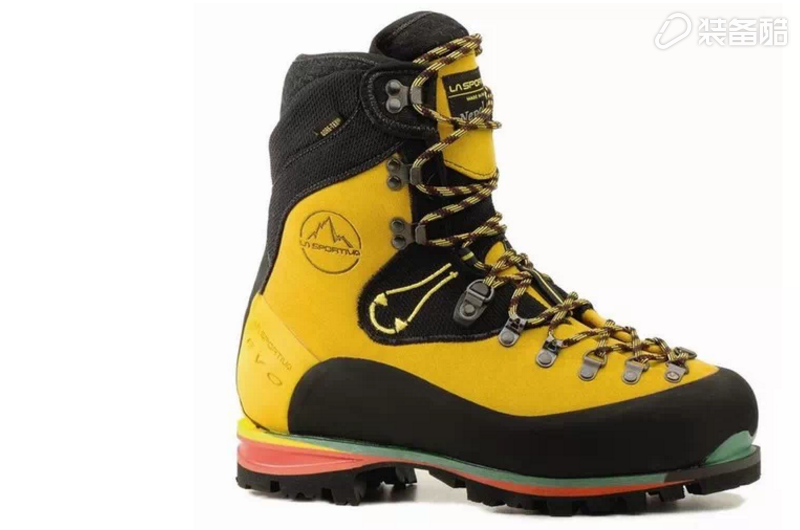
Classification of hiking shoes
Lightweight suburban mountaineering shoes These shoes are mostly made of nylon cloth and leather. They focus on air permeability and lightweight design. The soft soles are also used on the soles of the shoes so that you can wear them more comfortably without having to spend too much. The time to adapt to it, but it is generally poor in waterproofness. Although some shoes use waterproof materials and special designs to enhance its leak-proof function, but overall, these types of shoes are not suitable for long-range hiking and adventure activities.
Hiking Shoes and General Hiking Shoes These shoes are made of leather, nylon cloth, or a combination of them. Some of them also include Gore-Tex waterproof breathable fabrics. It is designed to reinforce its ruggedness. The shoe soles are also designed for better grip, and some are even more reinforced on the heel to protect the user's ankles. Therefore, its weight is generally heavier than that of light hiking shoes. In addition to the shoes made of all-leather, it does not have much problems in adapting, but most of these shoes cannot be used with crampons in the snow.
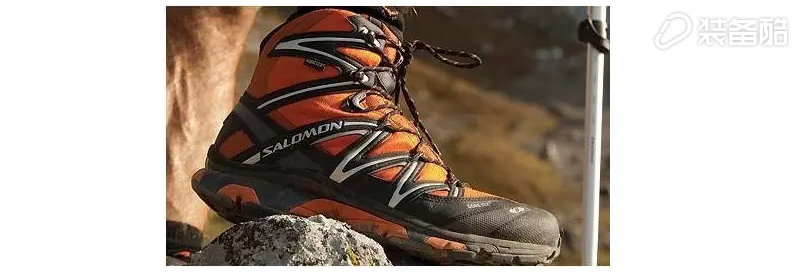
Heavy-duty hiking shoes The material of these hiking shoes is roughly the same as that of general hiking shoes, but its protection for the feet and the design of the soles of the shoes are enhanced in response to more complicated and difficult climbing activities. Usually its soles are thick and hard, and some even have steel plates added, making its weight increase. Special attention is also paid to waterproofing, so that you can keep your feet dry during your activities. However, these shoes must be used before they are used, otherwise they will put on new shoes, and the hard shoes and the hard-to-bend sole will make you feel very painful.
Double Boots These shoes are specifically designed for polar climbing. As their name implies, they are made up of two layers of shoes inside and outside. This shoe is not only strong and heavy, but also expensive, but it is a weapon for polar climbing. It is composed of outer boots made of plastic and inner boots made of warm materials, taking into consideration the function of preventing the infiltration of snow water and maintaining warmth, so that your feet will not suffer from frostbite in bad ice and snow.
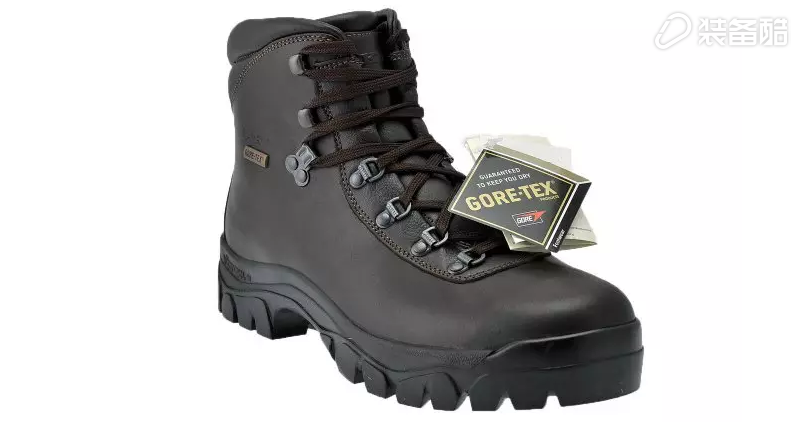
Military hiking shoes The shoes are made of special materials and special techniques. The material of the helper surface is made of leather cloth, and the warm material is feather down felt. The shoe lining has a flexible PTFE membrane and the shoemaking process is a molding process.
Excellent overall performance:
The windproof thermal insulation material is made of an independently developed down velour felt, made of natural down resources, which overcomes the drawbacks of the previous down scumming, easy to drill down, and has excellent warmth. Compared with wool felts, the warmth is better, and when the same amount of warmth is maintained, the weight is only 1/3 of that of wool felts. Thickness is only about 2/3 of wool felt. Because the shoe is compounded with a layer of PTFE membrane. With a good windproof effect, even in the windy weather can also block the invasion of cold, so in this weather will not significantly reduce the warmth.
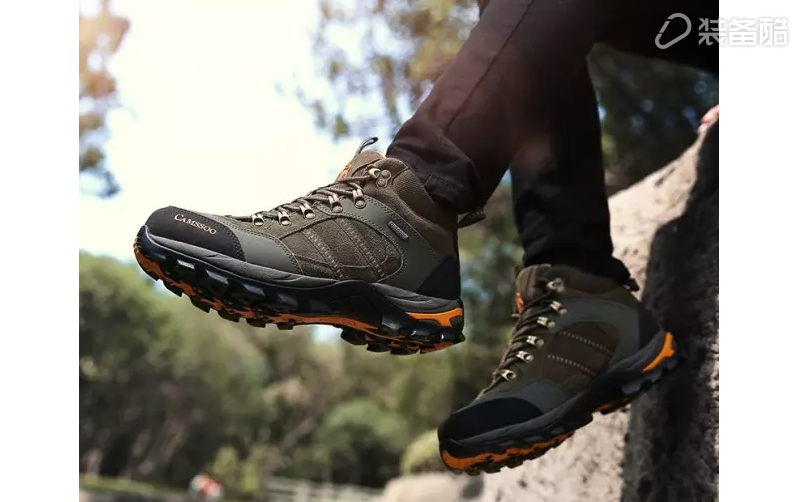
Waterproof and moisture permeable:
The elastic PTFE membrane used in this shoe is a product of the same type as GORE's PTFE membrane. It uses numerous micropores made of special processing methods. The diameter of these pores is much smaller than the smallest droplet and larger than the gas molecule, thus preventing water from penetrating into the shoe from outside. At the same time, the sweat produced can be distributed to keep the feet dry.
Antibacterial and deodorant, antibacterial treatment of shoe lining and insole surface cloth.
The special outsole design gives it excellent slip resistance in both front, rear and left and right directions. Even on ice and snow, it's not easy to fall, and it won't get mud.
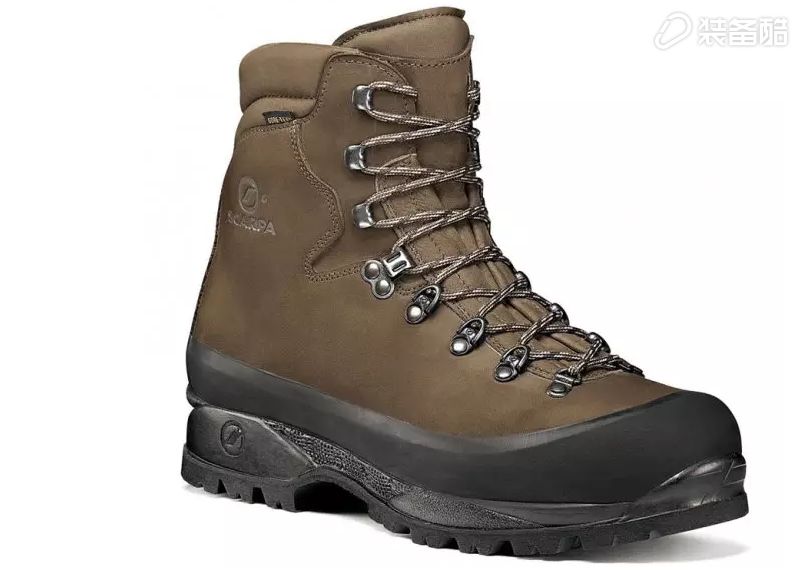
Material Selection Nylon Lines There are two ways to produce hiking boots: one is to use nylon thread sewing: this method is also the most traditional process for producing shoes. It is machine or hand-sewn on a flat shoe last, and the boot and suede nylon thread.
Advantages: The boots produced are strong and durable, and the space in the boot is large and comfortable to wear. If the bottom of the boot is worn out, you can replace it with a new one.
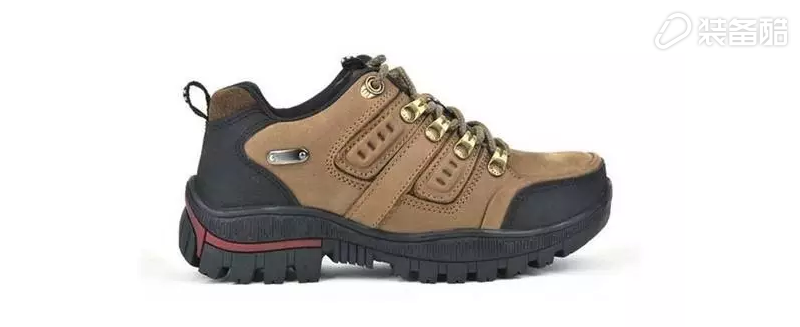
Disadvantages: The problem is that if the needle eye of the suture is larger, the shoe is more likely to open due to wear, or the nylon thread is corroded by water penetration. In order to solve this problem, some manufacturers add a layer of leather outside the seals in the middle of production and soles to enhance the wear resistance and sealing performance of the seams. At the same time, they also increase the comfort of the feet in the boots, such as The Italian company's products are made using this process and hand-sewn. In addition, in order to meet the different needs of the market, these companies designed shoes of different races and genders according to their long-term shoemaking experience and different characteristics of Asian and European races and male and female foot shapes. type. Second, the use of the overall adhesion method: the boot and the sole of the machine by the overall adhesive. Advantages: This process has low production costs, large production volumes, and low prices. Disadvantages: The difference in firmness depends largely on the quality of the process and adhesive used in the production process. Some low-grade hiking shoes or boots are produced using this process.
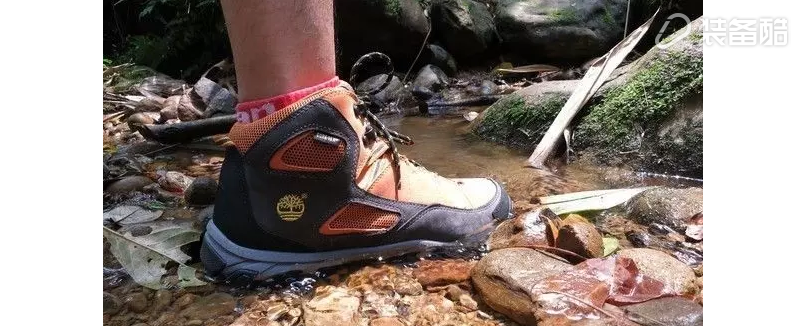
Nylon and small pieces of stitching advantages:
Light weight, good air permeability, good warmth in normal climate, soft and convenient to wear, suitable for short-distance outdoor trekking, and carrying less mountaineering equipment climbers, and low prices.
Disadvantages: It is poor waterproof, rainwater is more easily penetrated nylon fabric. For example, DuPont Cordura cloth, a very strong textile synthetic fabric, light weight, wear resistance, good ventilation, and convenience, many daily use of lightweight hiking shoes are made of this material and leather splicing.
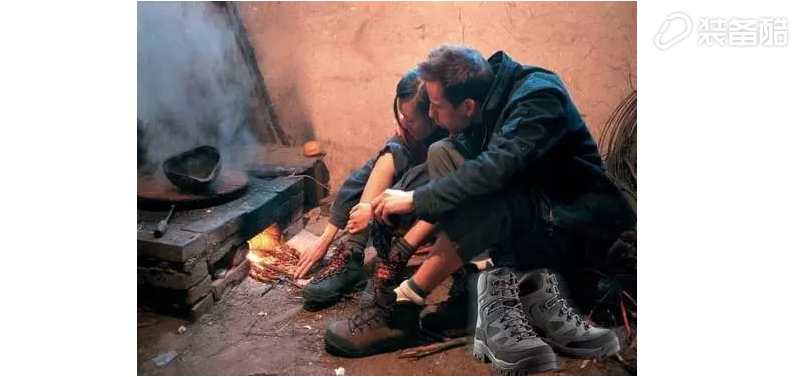
Pure leather fabric advantages:
It has good waterproof performance, high abrasion resistance, and better protection for the feet than nylon. It is suitable for long-distance trekking, carrying heavier mountaineering equipment and climbing mountainous climbers.
Disadvantages: Its own weight is heavier than nylon, and its breathability is not as good as that of nylon boots. It takes time when wearing shoes.
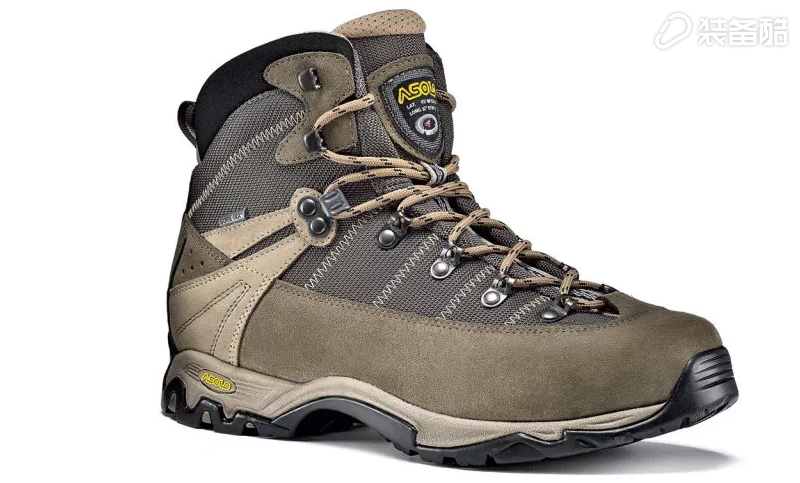
Hard plastic resin advantages: relatively hard, with good rigidity, can effectively protect the foot safety, alpine hiking boots are made of this resin material to do noodles.
Disadvantages: bulky, heavy, wear more cumbersome and time-consuming. For example, Snow Mountain climbing boots produced by companies such as Asolo and Scarpa, and snowboard boots made by companies such as Crispi and Garmont use this material.
The inner lining material of the climbing shoes lining material boots is usually made of synthetic textile fabrics. It is light in weight and contains water-repellent molecules to prevent water from leaching into the shoes. At the same time, the material needs breathability and can keep the skin of the feet dry.
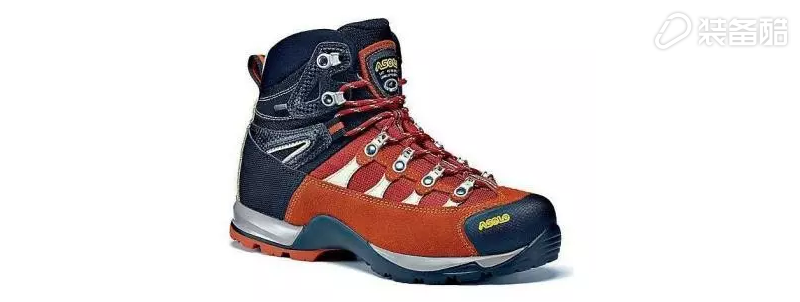
Common fabrics
Gore-Tex - a special fabric, very soft and comfortable, breathable, waterproof, windproof, wear-resistant, produced by the United States Gore-Tex company. Middle and high grade hiking boots use this material. Gore-Tex material is different from traditional shoe material rubber and leather. It is a kind of composite material produced by high-tech technology. The outer layer of cloth can prevent the rain from infiltrating and the wind from permeating. The fabric contains a waterproof and air-permeable carrier. Volatile inner layer of sweat, with air permeability from the inside out. Due to its light weight, this material is widely used in the manufacture of shoe linings, outdoor sportswear, gloves, and the like.

Sympa-Tex - An anti-static multi-layer non-porous structured fabric that is treated with special chemical and physical treatments to prevent the ingress of rain and wind; that is, a waterproof and breathable film. Breathable, it can quickly absorb the sweat on the skin surface and quickly evaporate. It contains synthetic molecules to prevent mold and odor from immersing in the fabric. Its performance and principle are basically the same as those of Gore-Tex and are produced by SympaTex, Italy. Many high school and mid-range hiking boots use this material.
Gambrelle - a synthetic chemical fiber fabric with antibacterial hygiene, abrasion resistance and other characteristics, can quickly absorb sweat and odor, fast evaporation, keep dry feet, its performance is better than the above two kinds of fabrics, many alpine hiking boots are Use this kind of fabric. This product is produced by DuPont.
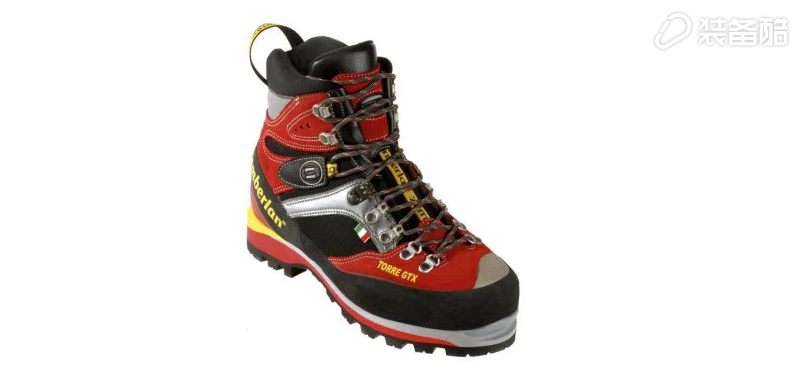
VertigoGrip - Its performance is similar to that of Cambrelle, except that it is more flexible than Cambrelle and has a wide range of applications. Sheepskin - has good softness, is also a traditional liner, more comfortable, but breathability is not as good as the above synthetic fabric. AirTech - a synthetic material, containing a variety of pore structure, can absorb the sweat on the skin surface, breathable, sanitary, lightweight, usually used to make boots lining.
Insole / Outsole Insole: Direct contact with a person's foot plate, usually made of softer nylon material. The shape design is based on the person's foot features, some also embedded in a thin between the inner bottom and the outer bottom. The steel plate is coated with an anti-corrosion paint and a leather is put on it. Different types of climbing boots, the design and material of the inner bottom are also different, and their comfort is not the same. In addition to the insoles, some alpine climbing boots also have an increased midsole between the insole and the outsole, and the midsole is also made of a nylon synthetic material, in which the moisture content has a shock-proof cushioning microporous structure.
Outsole: direct contact with the ground, usually made of synthetic rubber materials, different manufacturers, using different synthetic materials, but its purpose is to effectively protect the foot, increase the protection of comfort, and the heel is relatively low, Light, non-slip, irregular groove on the bottom to prevent slipping.
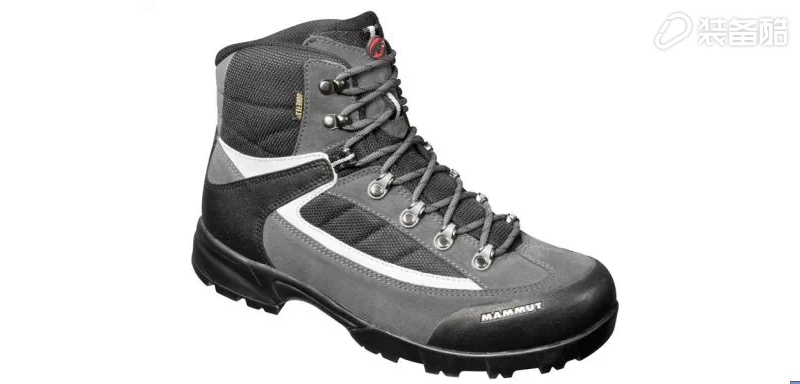
Vibram soles, mid-to-high grade hiking boots are made from the outer soles produced by Vibram in Italy. Because Vibeam not only provides professional materials, it also provides professional wide-shoulder design. Since Vibeam will have new materials developed and applied every year, Vibeam has always been a high-performance, high-skilled, high-comfortable name. Therefore, Vibeam enjoys a high reputation and credibility in the outdoor industry. Vibram soles are made of a hard synthetic rubber material. Their greatest characteristics are non-slip and shock absorption. The rubber also has properties such as non-stick oil and flame resistance. Rubber itself is a kind of non-slip material, and according to engineering materials, it is pressed into an irregular shape, resulting in uneven bottom surface to generate greater friction. Vibram underside has different design styles. Its bottom groove direction, depth, and material are all designed for different types of climbing boots. For example, non-stick oil and fireproof bottom are designed for engineering shoes, hard and anti-wear. The bottom is designed for hiking boots. The bottom of the crampons can be equipped with half of the snow mountain climbing boots. The softer bottom is designed for casual shoes. Vibram also applies modern technology and adds shock absorption to the bottom. Microporous, high-strength carbon fiber and other high-tech materials.
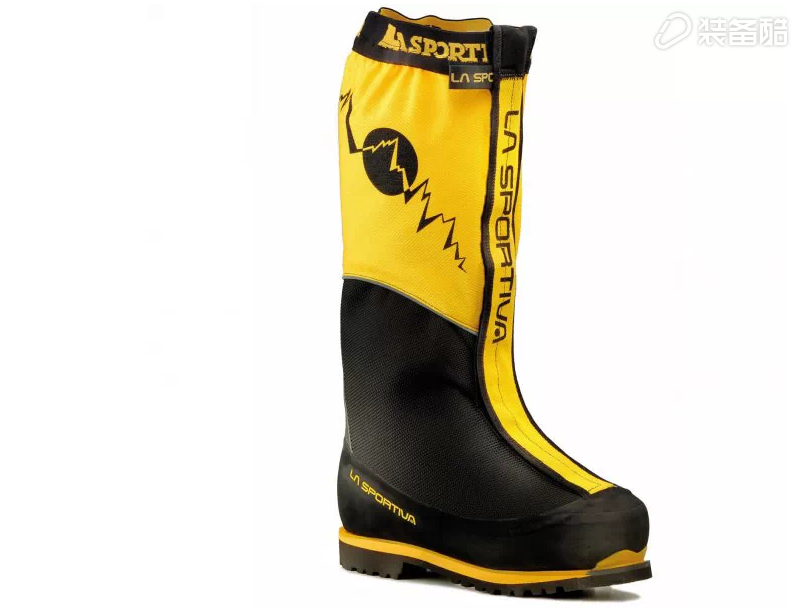
Misunderstandings of Functionality I. Misunderstandings in Waterproofing
1. Do not think that all outdoor shoes and hiking shoes are waterproof. General hiking shoe lining without waterproof film layer, only on the surface of the anti-splash, coating and other treatment, can only achieve a short period of time waterproof.
2. Most professional hiking shoes use Gore-tex waterproof layer to achieve waterproof. However, if the water does not pass through the edge of the waterproof sock, it will still leak. In addition, in the long-term soaking of water, the waterproof layer and the upper will generate siphoning, or will lose the waterproof effect.
3, Blind pursuit of waterproof, and neglected the breathability of shoes, resulting in wet soles can cause frostbite, or blisters. In the dry environment, especially in summer, the breathability of hiking shoes should be given priority. Generally, the hiking shoes with waterproof socks will have a lot of air permeability.
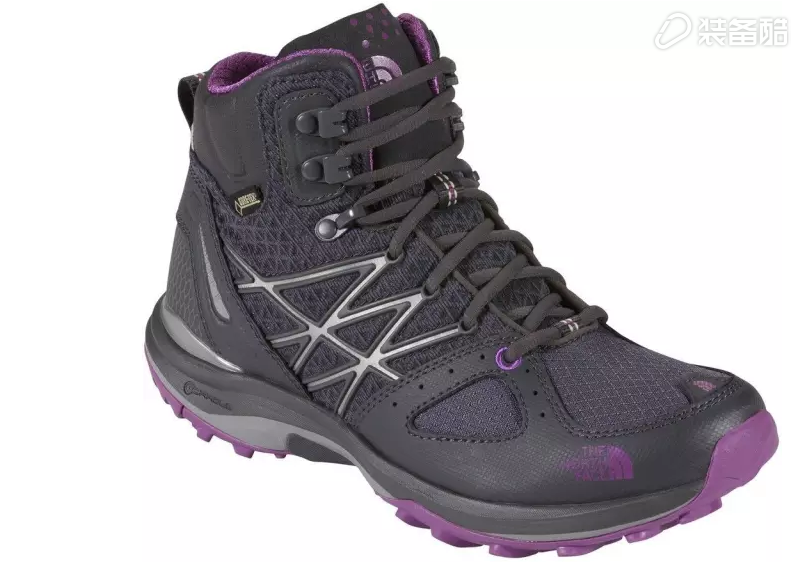
Second, the misunderstanding of breathability
1, not all hiking shoes are very breathable, to know that the high natural high-low shoes to help breathable, there is no waterproof socks layer without this layer of breathable, different hiking shoes focus is not the same, there is no pair that is perfect .
2, hiking shoes to wear for some time, the shoes ** blame the shoes breathable not. To know that everyone is not the same situation, should be used with cotton socks, outdoor socks to help keep sweat inside the shoes, especially those who have sweaty feet.
Third, the misunderstanding on wear resistance
1. Many people complain that the soles of hiking shoes are too hard. To know that the hard soles of rubber soles are hard-wearing, it is necessary to protect the soles of the feet when traveling in the wild. Otherwise, climbing a mountain sole must be scrapped.
2, common hiking shoes are rubber outsole, with Q Jin, powdered rubber is easy to peel off without enduring.
3, do not think that V is very good, very wearable, in fact, V is also divided into a variety of end, not necessarily used in climbing shoes, according to the different performance of shoes will be different.
IV. Misunderstanding on slippage
1, the anti-slip nature of hiking shoes is reflected in the ability to grip, which is closely related to the design of the tooth marks on the soles, rather than the thicker the shoes, the more slippery.
2, rubber soles slip resistance and wear resistance is inversely proportional, rubber is very wear-resistant, so slip resistance is also a lot weaker, so the design of the sole line is crucial.
3. We know that V-slip is also very good at the bottom, which is mainly reflected in the sole pattern.
V. Other misunderstandings
1, hiking shoes size to buy just right, or a little squeezed feet, that will wear loose after a period of time. Keep in mind that the length of your hiking shoes will not change because you wear them for a while. In particular, there is no space left in the head of the shoe, and the foot will be squeezed when it is loaded down. If it is serious, the blisters will grow and even become worn.
2. Newly purchased hiking shoes are worn to climb the mountain and are carefully injured. Newly purchased hiking shoes have a running-in period. Because the upper and the sole are very hard and strong, they are not easy to wear after just wearing them. It is best to wear thick socks to reduce friction and better fit.
Seven functions of climbing shoes First, support:
Before we say support, let’s talk about the “hard†climbing shoes. A very simple metaphor. When we sleep at night, if we sleep in a very soft bed, we must be very uncomfortable in the morning. When the bed is in sleep, it is not enough to keep the body in a state of natural relaxation, so when you wake up, you feel uncomfortable. Although the hard bed bed is uncomfortable when you are sleeping, after you wake up, it is energetic. This is the supporting force. The problem.
From another point of view, that is, the constraints of climbing shoes on the ankle, a pair of hiking shoes, especially high-top, its binding force can effectively prevent the foot during walking deformation, to prevent the lameness situation, ease Foot fatigue.
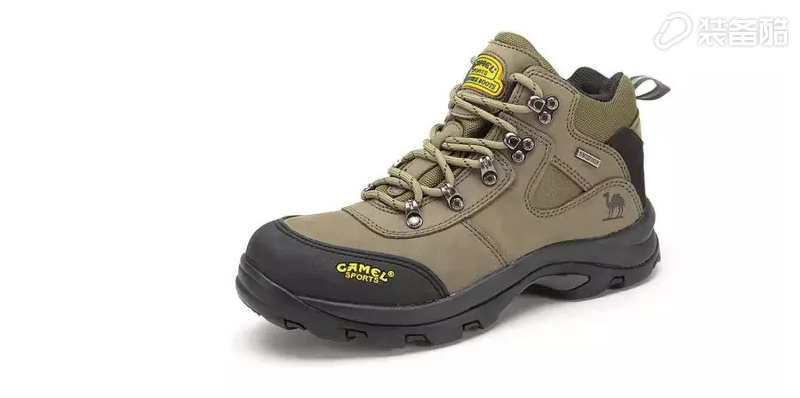
The three parts of uppers, shoe lasts, and soles are relatively hard, but after being fully engaged, they can provide enough support and binding force for the footsteps, overcome the distraction of the foot and maintain the feet. The form is complete, but for the usual walking process, why the footsteps are fatigued, and actually have a great relationship with the constant distortion of the feet in the shoes, so the fundamental support is the hard support and full fit.
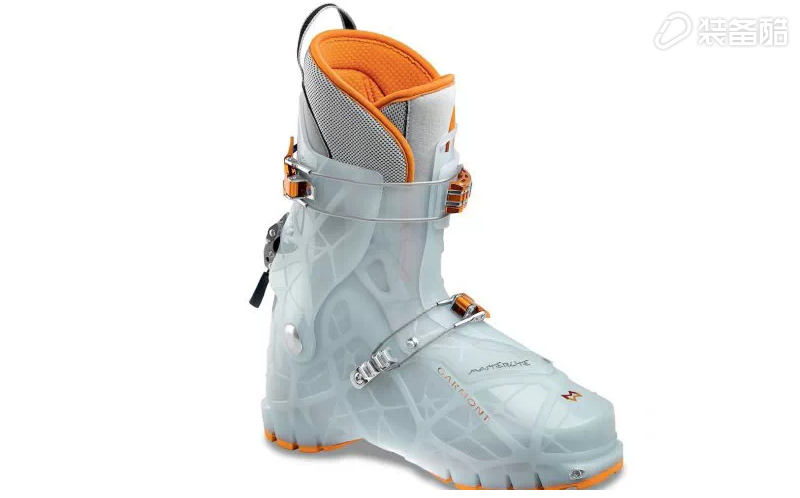
Second, balance:
The balance function of climbing shoes relates to the stability of the walking of the athlete.
For example: What do you do when a person walks on a single-plank bridge, or when you are about to fall from a stool? At this time, you are about to lose balance. How will your feet react? You will find that the toes will bend, fasten and apply as much force as possible. This shows that the balance of the body is achieved by the toes. However, the balance can be achieved not only by having toes but by having toes. With enough space to expand and apply force, the toes are tightly bound, and it is impossible to master the balance. This explains the reason why wearing high-heeled shoes is easy to crumble.
From the point of view of shoe making, the climbing shoe's shoe lasts a narrow fit, which can ensure maximum support, while the toe is relatively large, allowing the toes to have sufficient space for expansion and exertion, taking into account the stability of hiking shoes. , is the secret of climbing shoes to better maintain the balance of the body.
Third, shock absorption:
Will your feet be numb when lame? Who is the hemp! ! Haha...
When a person is loaded, walking 1KM is equivalent to 1000 steps, which is the equivalent of 1000 impacts. Each impact on the foot is a severe test, and at the same time, such impact will be transmitted to the brain through your bones. Such long-term vibrations can easily cause nervous tension and muscle fatigue and increase the exercise burden. The design of the soles of the hiking shoes is based on the combination of wear and grip, and through the middle layer and buffer layer, taking into account the shock absorbing effect of the hiking shoes, providing a relatively comfortable walking environment for the feet as much as possible, reducing the time for walking. Sports fatigue.
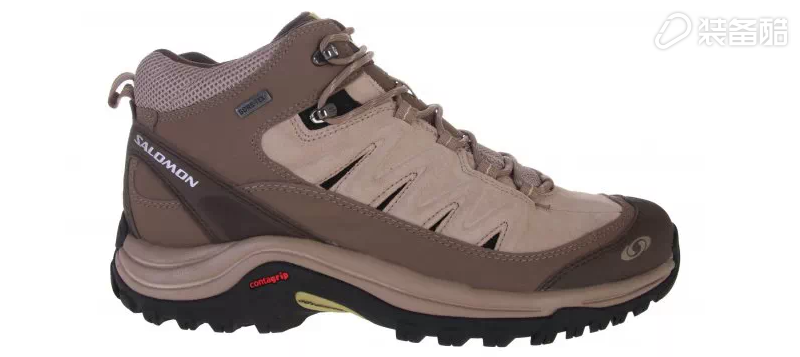
Fourth, waterproof breathable:
The outdoor environment is changeable and complex. Rain, streams, dew, etc. will all wet our shoes, resulting in wet and cold footsteps, and even frostbite and blisters.
Good hiking shoes should have good waterproof breathable properties. Waterproof can effectively prevent the impact of the external environment on the foot, and ventilation can promote the stability of the environment inside the foot.
The waterproof performance of the hiking shoes needs to be achieved by the combination of water-repellent surface fabric and inner-layer waterproof film. This determines the waterproof and breathable fabric of the hiking shoes, and of course, determines the price of the shoes.
Fifth, non-slip:
The rubber of the hiking soles is not anti-slippery for all media, and each type of hiking shoes is different in the environment of the shoes. This determines that each sole is designed for an environment and targeted. of.
For example, large pattern soles are generally used on high-top climbing shoes. The soles have a hard grip, wear resistance, and puncture resistance. Such rubbers, on the other hand, have a relatively high density and a relatively high hardness. Shoes are slippery on the ice and on the marble. If it is a shoe based on travel or city, the sole is soft and the pattern is relatively smooth and delicate. Although it is not suitable for complex mountain roads, it is still very comfortable to walk in urban roads and villages.
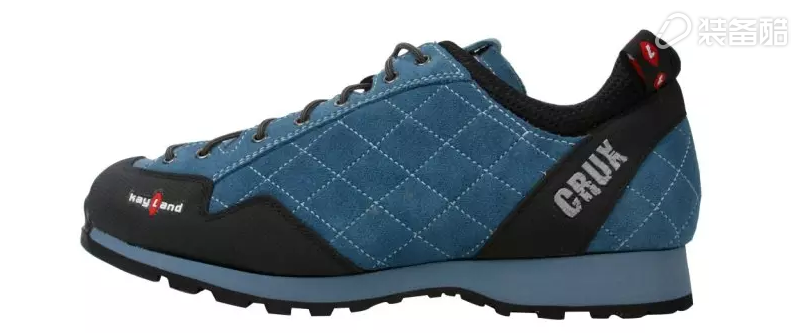
Six, shock resistance:
The impact resistance of hiking shoes, in relation to the above functions, is not very obvious in our daily outdoor activities, but for some high altitude climbing or relatively complex terrain, the hard leather surface of hiking shoes and Rubber soles are more able to respond calmly and ensure the safety and comfort of the footsteps.
The hard sole, cortical surface and anti-kicking of climbing shoes are all designed to improve the impact resistance of hiking shoes.
Seven, comfortable and durable:
The durability of hiking shoes is reflected in the good materials and workmanship of hiking shoes!
The comfort of climbing shoes is reflected in the precise design of the shoe lasts, tongues, and insole to ensure the simultaneous fit during exercise, thus improving the comfort of hiking shoes.
Comfortable and durable should be the basic function of hiking shoes!
Comfort and durability are not inconsistent with the weight of the shoes!
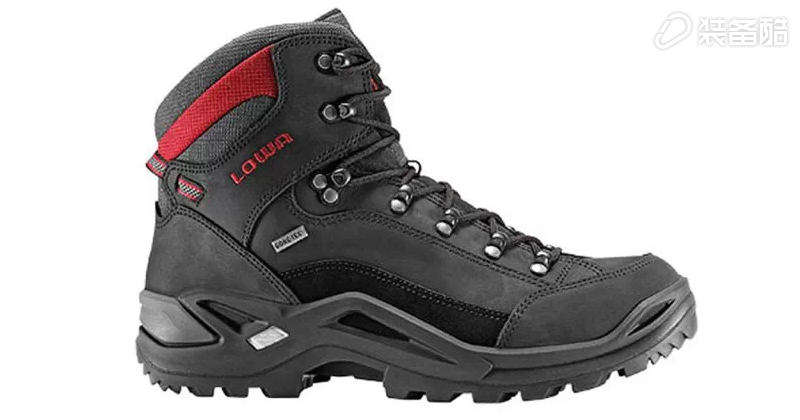
Hiking shoes cleaning methods Dirty shoes can hit shoe polish, dirty shoes can be cleaned directly, then hiking shoes dirty how to do it? Today, Scarlett teaches you how to clean hiking shoes!
About full leather, half leather and non leather:
The surface of all-leather shoes refers to leather covering, which is characterized by large weight, good protection and durability. Half-leather is generally made of leather and fiber fabrics, characterized by moderate weight and good protection; non-leather surface basic use Fiber fabrics and leathers account for a very small proportion and are characterized by lightness and low protection.
For all hiking shoes, the most important thing to maintain is sutures. Because the moisture and dust can easily accumulate on the suture during use, a long time will lead to a decrease in water resistance and firmness. Therefore, new shoes should be waxed in this area; for a certain period of time, they should be cleaned, dried, and waxed. Slurry, snow, and dust have a certain influence on the leather. The treatment methods are: waxing, for light skin; spraying waterproof agent, for sanding or turning fur. Although waxing or spraying the water repellent affects the appearance of the shoe, it can increase the life of the shoe. So it should not be done to see their respective priorities. Fabric fabrics mainly go to dust.
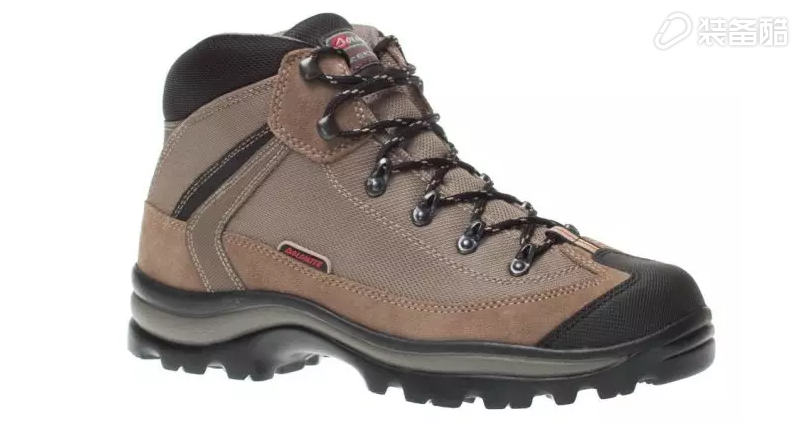
Ways to clear hiking shoes:
In general, remove the mud with a damp cloth, place it in a cool, ventilated place, remove the shoelace, and then perform the surface treatment. Normal storage, avoid direct sunlight and moisture.
Sole should also remove sediment and dirt.
Insoles and laces can be placed in the washing machine.
Fabric fabrics or light hiking shoes, if it is really awkward, can be put into a laundry bag and washed with a washing machine.
Briefly introduce the next suede: suede leather is generally used in the second layer of leather, through the raising and dyeing process, most of the current hiking shoes are used this kind of skin material for the upper. I know that some manufacturers have also used PU suede (actually artificial leather, appearance is enough to be real, but we can not easily distinguish it) as a shoe material. Suede is just one of many commonly known as the name, such as the name of sanding, brushing fur and so on, here is temporarily known as suede.
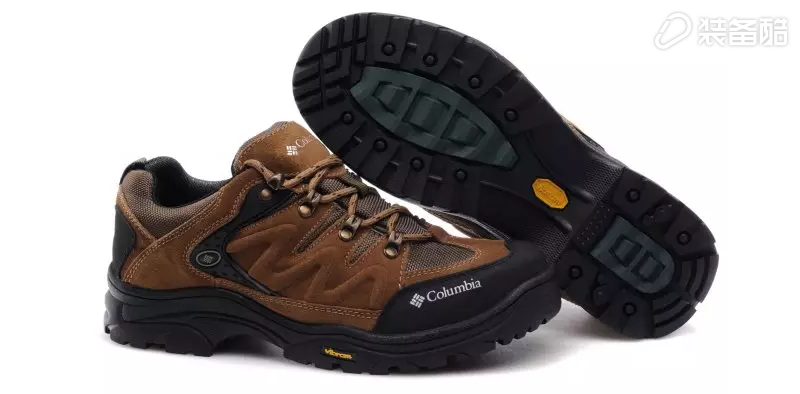
Steps/methods First: Use a soft brush (such as a toothbrush) to gently brush back and forth (when the upper should be dry) under dusty conditions. If there are oily or stubborn stains, use a soft brush to remove some soap. And rinse it clean. For those stains that are not particularly stubborn, you can try removing it with a rubber eraser used by elementary school students. The effect is very good and most of the stains can be removed.
Secondly, some small damages and scratches can be handled on their own. The specific method is to use a knife and scissors to repair damaged parts when the leather is dry. Then use a rasp or sandpaper (according to the degree of damage and operating needs to choose, play a certain grinding effect), and then use a harder brush to brush back and forth at the repair site or rotate the brush, so that the upper can be a certain degree of recovery, the effect Still very good, of course, it is impossible to completely recover as new. Everyone can usually perform a full bristling treatment on the upper when cleaning up the hiking shoes, which can clean the dust and repair leather scratches and suede to some extent.
Third: After the shoes are completely wetted by rain or wading, it is best to take the form of wind (dry) and dry naturally, do not expose to baking (outdoor special circumstances is another matter), in the natural drying process It's best to stuff some waste newspapers into the shoes (you can change them several times in the middle). This is to avoid the shoe's deformation and affect the future wear and appearance.
Fourth: "Skull and gun storage, horses put Nanshan", do not wear hiking shoes, shoes should be put into the shoe box, this is an important part of maintenance of hiking shoes, oh.
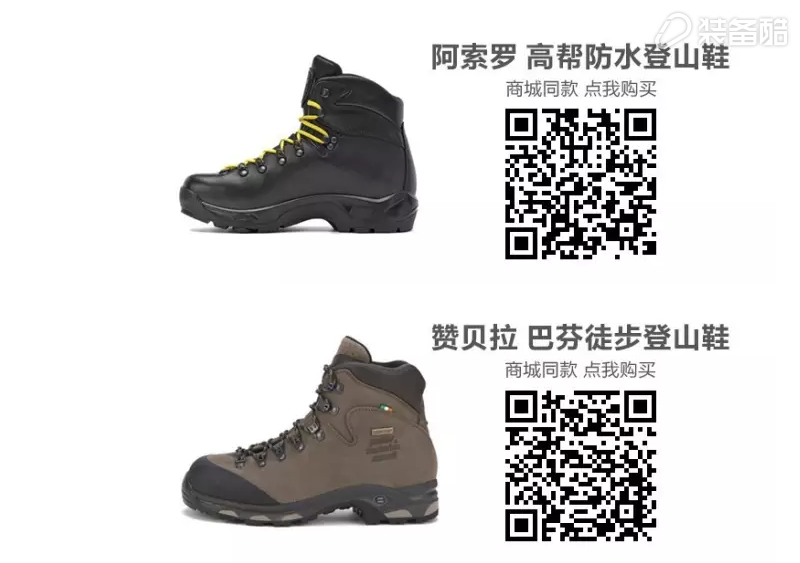
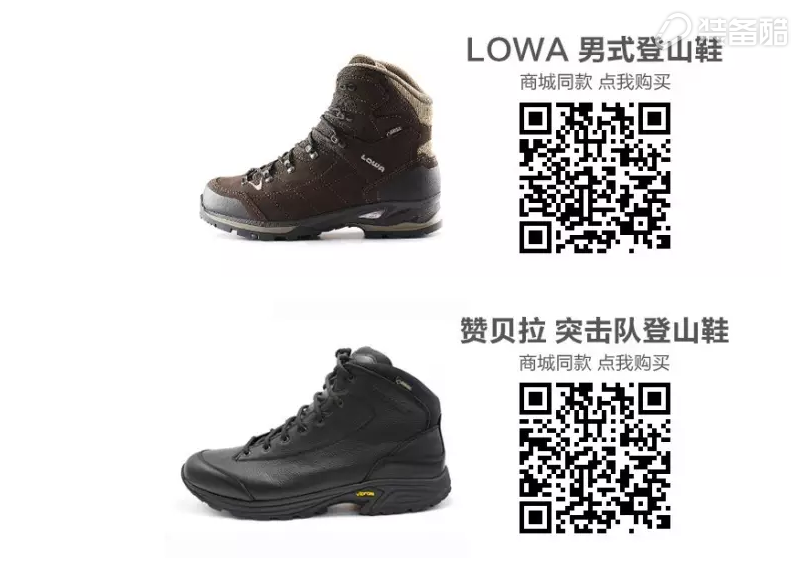
For roasting chicken with unique flavor, the food may be placed on a rack, in a roasting pan with beer or sauce to ensure even application of heat and tasty.If a pan is used, the juice can be retained for use in gravy, Yorkshire pudding, etc. During oven roasting, hot air circulates around the meat, cooking all sides evenly.
Chicken Roast Rack,Chicken Roasting Rack,Roasting Rack,Chicken Cooking Rack
MEO DEMO CO., LTD. , https://www.meodemo.com